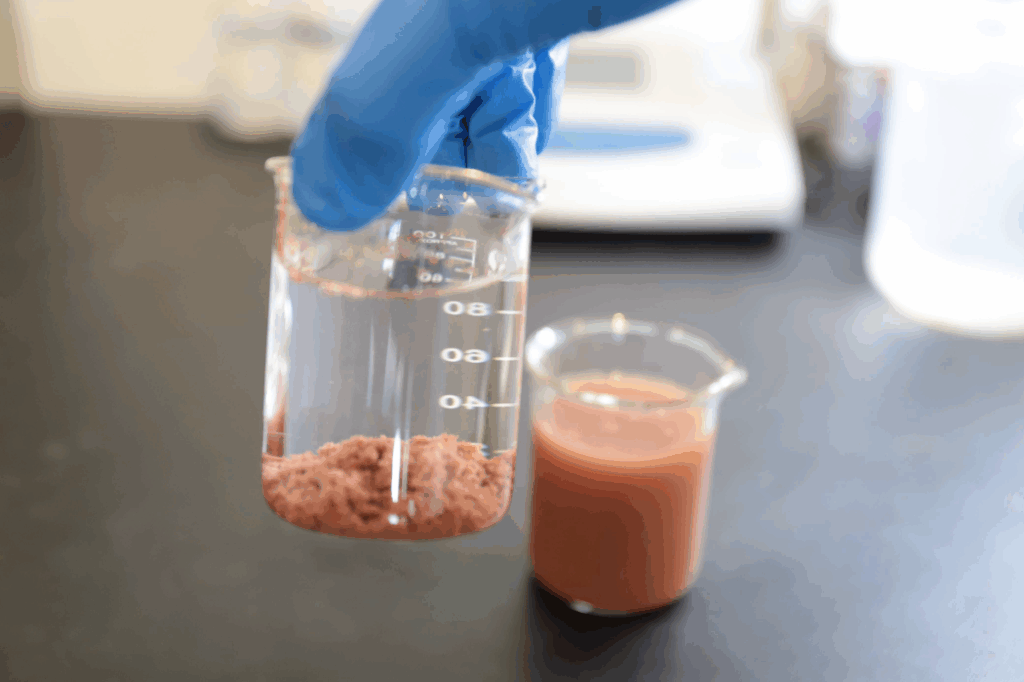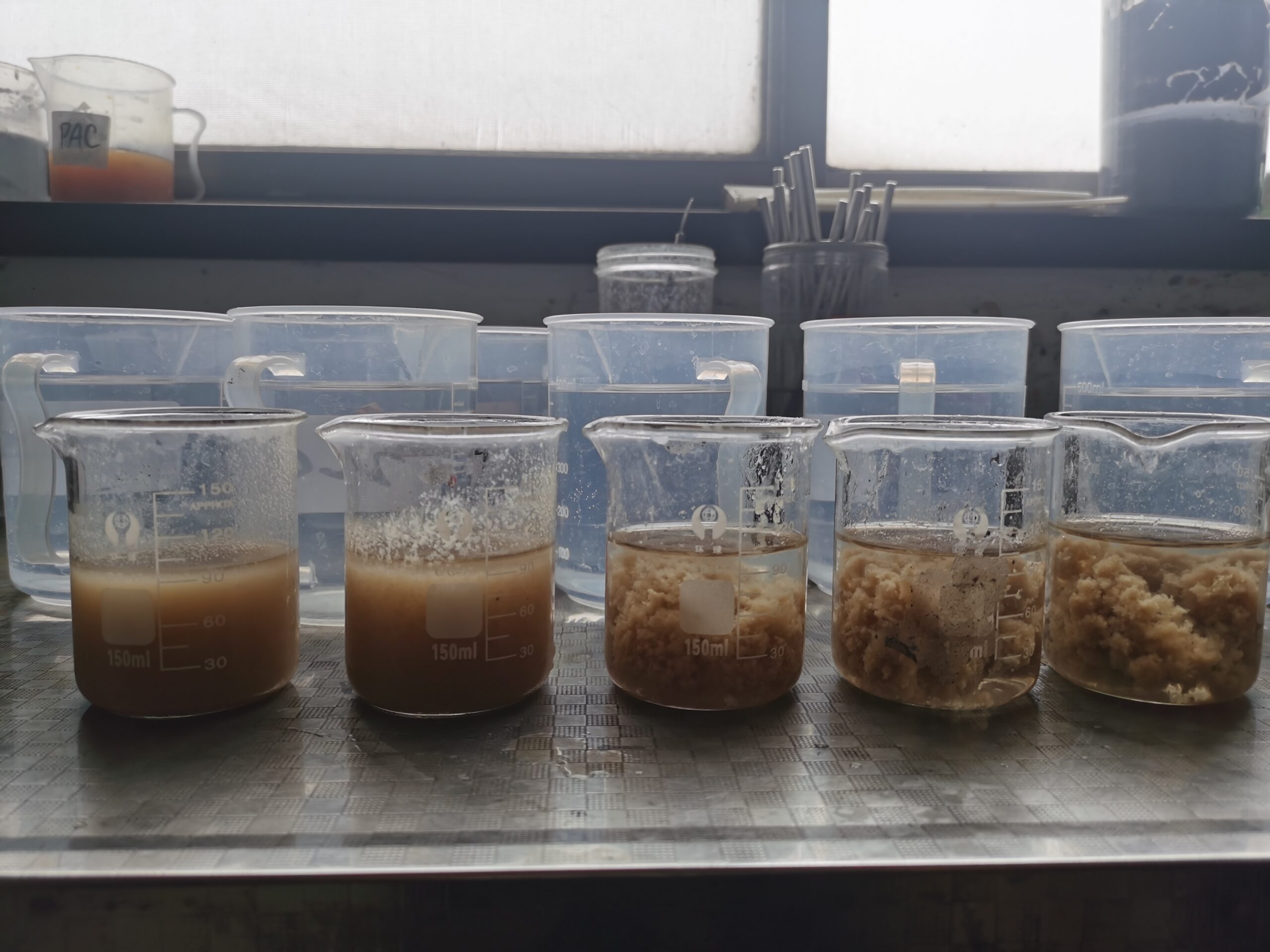I. Fundamental Properties
Non-ionic polyacrylamide (NPAM) is a water-soluble polymer characterized by its neutral charge and high molecular weight (typically 6-12 million Daltons) . Its unique molecular structure containing amide groups (-CONH₂) enables exceptional hydration capacity and bridging capabilities without ionic interference .

II. Core Application Domains
1. Water Treatment
(1) Industrial Wastewater
- Acidic Wastewater: NPAM’s neutrality makes it ideal for pH 3-6 environments where ionic PAMs would precipitate
- Oil Field Production Water: Effective in breaking oil-water emulsions (recovery rates up to 85%) when combined with PAC
- Mining Effluents: Removes suspended solids (300→30 mg/L) from metallurgical and coal wash waters
(2) Municipal Applications
- Sludge Conditioning: Reduces moisture content from 98% to 80% in digestion tanks
- Algae Control: Suppresses algal blooms in reservoirs when applied at 0.5-2 ppm
2. Oil Recovery
- Enhanced Oil Recovery (EOR): Increases viscosity of injection water to sweep residual oil (recovery boost of 10-15%)
- Drilling Fluids: Acts as shale inhibitor in water-based mud systems
3. Paper Manufacturing
- Retention Aid: Improves fiber retention by 20-30% in papermaking
- Dry Strength Agent: Enhances paper tensile strength without affecting drainage
III. Specialized Applications
| Sector | Specific Use | Performance Benefit |
| Textile | Size Agent | Reduces warp breakage by 40% |
| Agriculture | Soil Conditioner | Improves water retention by 25% |
| Construction | Concrete Additive | Enhances compressive strength by 15% |
| Cosmetics | Thickener | Provides shear-thinning properties |
IV. Operational Advantages
- pH Robustness: Effective across wide pH range (2-12) unlike ionic variants
- Salt Tolerance: Maintains performance in high-TDS environments (up to 50,000 ppm)
- Synergistic Effects: When used with inorganic coagulants (e.g., PAC), COD removal increases by 30-50%

V. Emerging Applications
Recent studies demonstrate NPAM’s potential in:
- Microalgae Harvesting: Achieves 90% flocculation efficiency for biofuel production MCP_11]^
- Radioactive Waste Treatment: Combined with diatomite removes 99.9% simulated radionuclides MCP_11]^
- Desalination Pretreatment: Reduces membrane fouling by 40% in reverse osmosis systems
